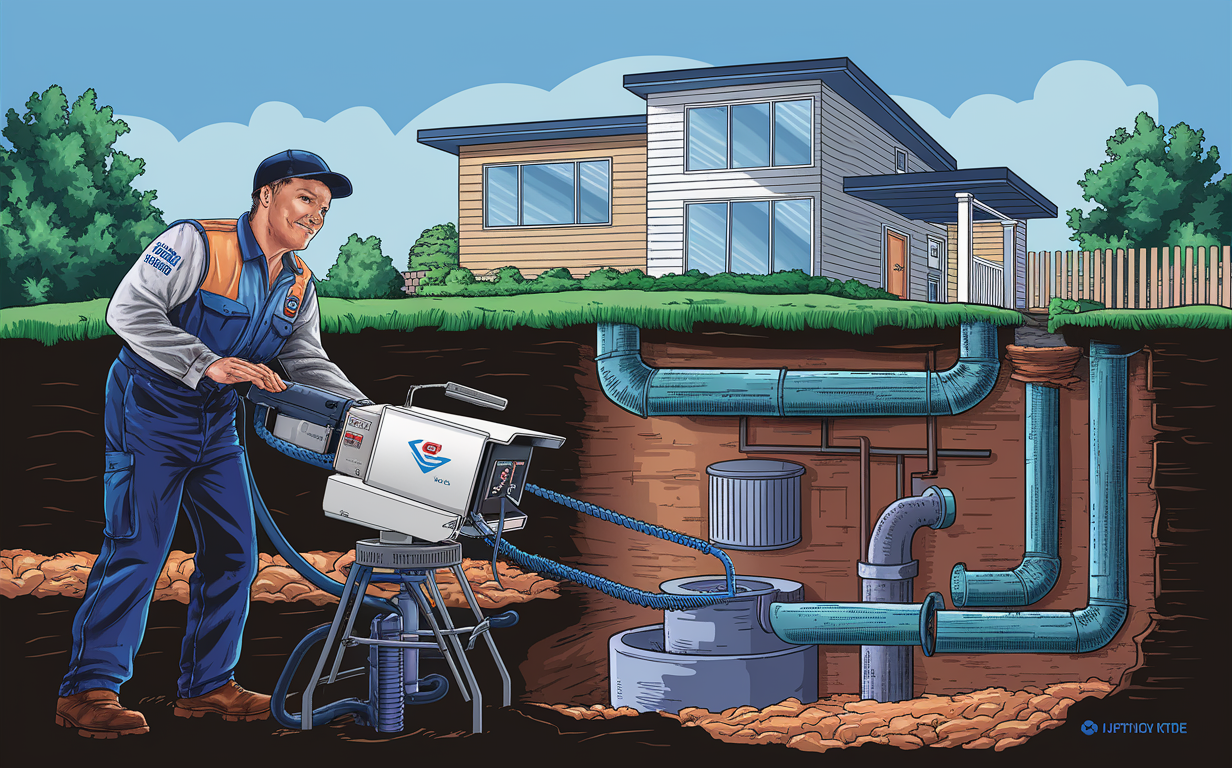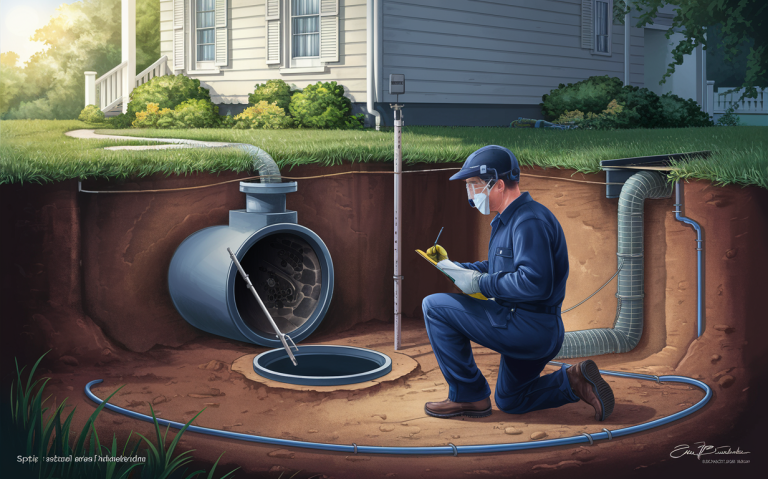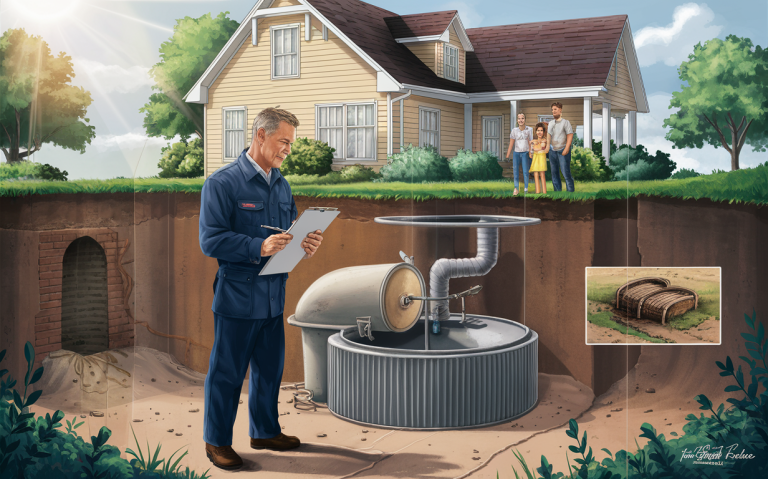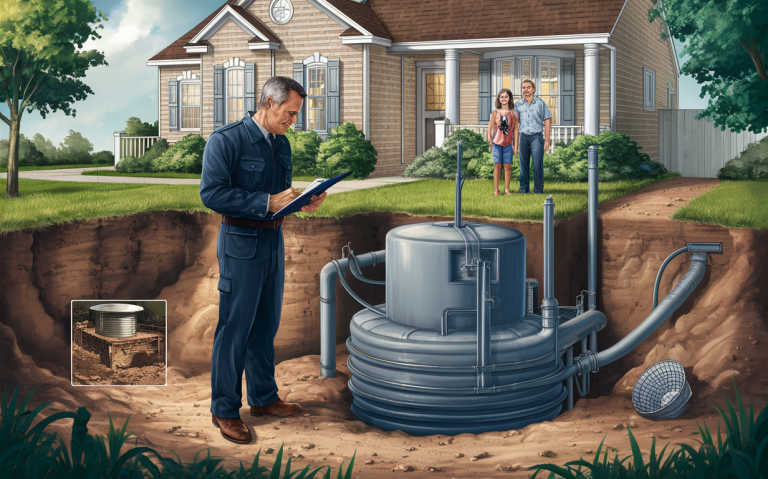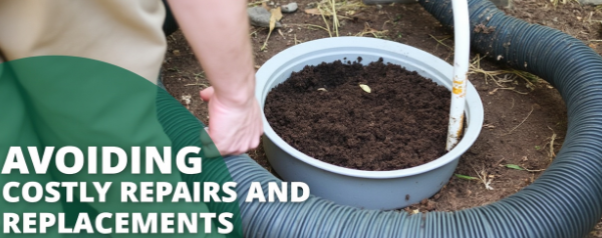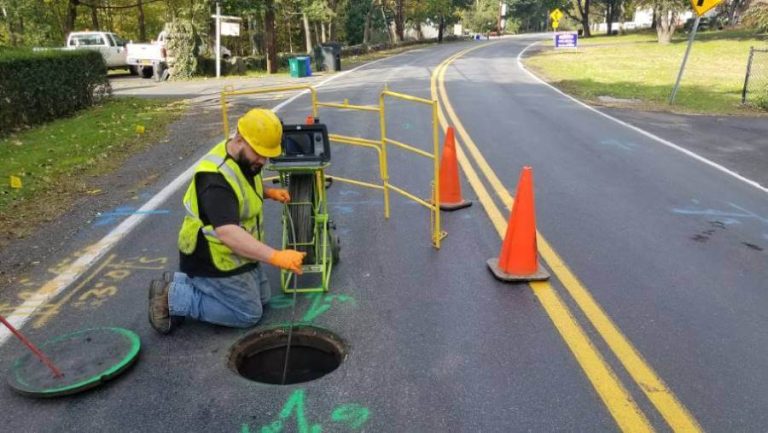Empowered Solutions: Camera Inspections and Pipe Assessments for Septic Systems
Camera inspections and pipe assessments for septic systems are essential for ensuring the health and longevity of your septic setup. By using advanced technology to inspect and evaluate the condition of septic pipes, homeowners can prevent costly repairs and maintain the efficiency of their septic systems.
Table of Contents
Key Takeaways
- Camera inspections help identify issues such as blockages, cracks, and leaks in septic pipes.
- Regular pipe assessments can extend the lifespan of your septic system.
- Advanced technology provides precise diagnostics, reducing guesswork.
- Proper maintenance based on inspection results can prevent costly repairs.
Understanding Camera Inspections for Septic Systems
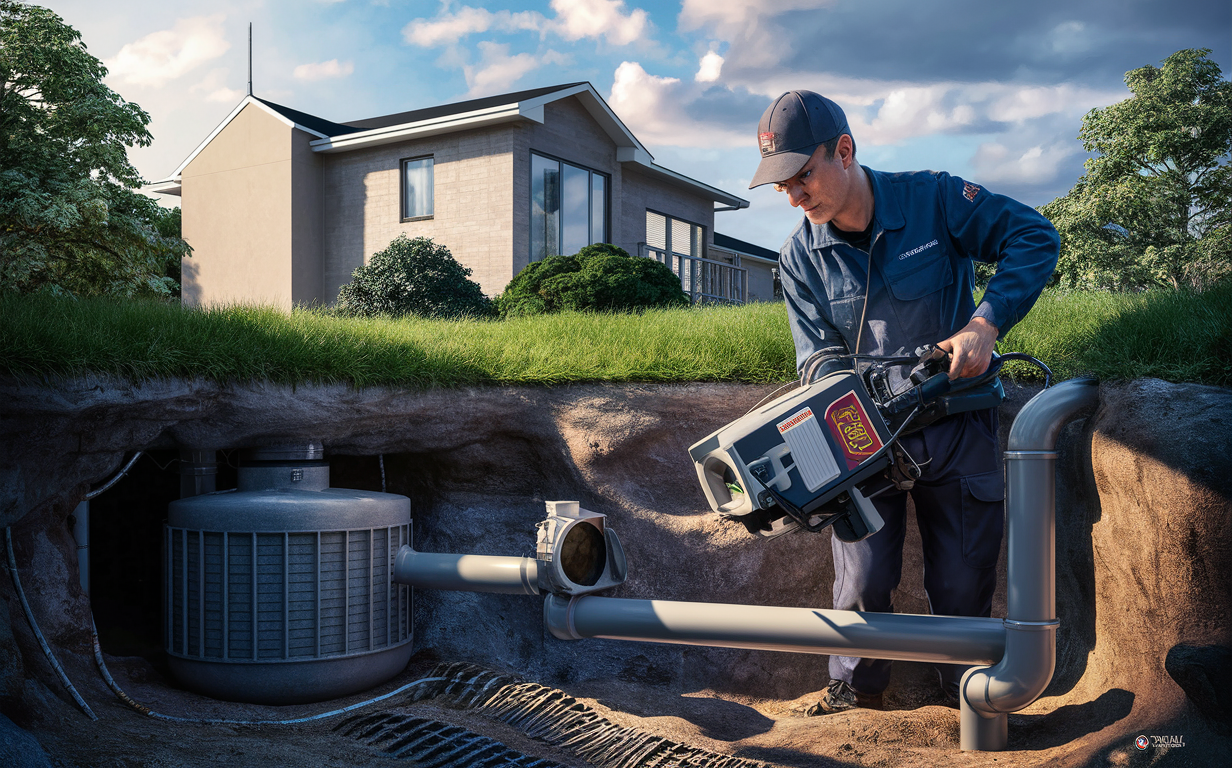
Camera inspections involve using a high-resolution camera attached to a flexible rod, which is inserted into the septic pipes. This technology allows professionals to visualize the inside of the pipes and detect any issues without the need for invasive digging. It’s a non-destructive and accurate method that provides real-time footage of the pipe’s condition.
Benefits of Camera Inspections and Pipe Assessments for Septic Systems
- Identifying Problem Areas: The camera can pinpoint the exact locations of blockages, cracks, or leaks.
- Preventive Maintenance: Early detection of potential issues can lead to proactive maintenance, avoiding emergency repairs.
- Accurate Diagnosis: Visual evidence from the camera helps in making informed decisions about necessary repairs or replacements.
Components of Camera Inspections and Pipe Assessments for Septic Systems

A comprehensive pipe assessment includes several steps to ensure a thorough evaluation of the septic system. Here’s what typically happens:
- Initial Inspection: A camera is inserted into the pipes to check for immediate and obvious issues.
- Detailed Analysis: The footage is reviewed to identify any subtle problems like small cracks or beginning stages of blockages.
- Condition Report: A detailed report is generated, outlining the state of the pipes and any recommended actions.
Advanced Technology in Camera Inspections and Pipe Assessments for Septic Systems
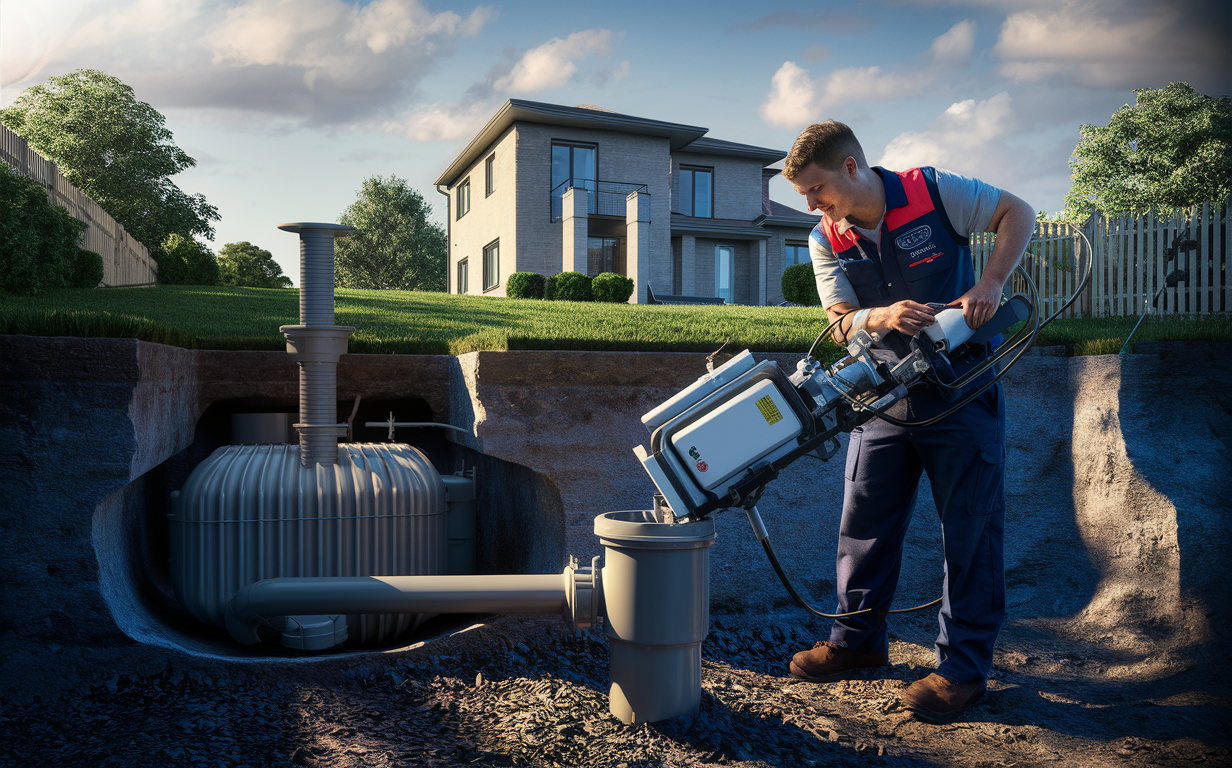
Technological advancements have revolutionized how septic systems are inspected. Modern equipment provides high-resolution images and video, making it easier to detect and address issues.
Tools Used in Camera Inspections
- High-Resolution Cameras: Provide clear visuals of the inside of the pipes.
- Flexible Rods: Allow the camera to navigate through bends and turns in the piping.
- Real-Time Monitoring: Technicians can see live footage and make instant assessments.
Data-Driven Insights from Inspections
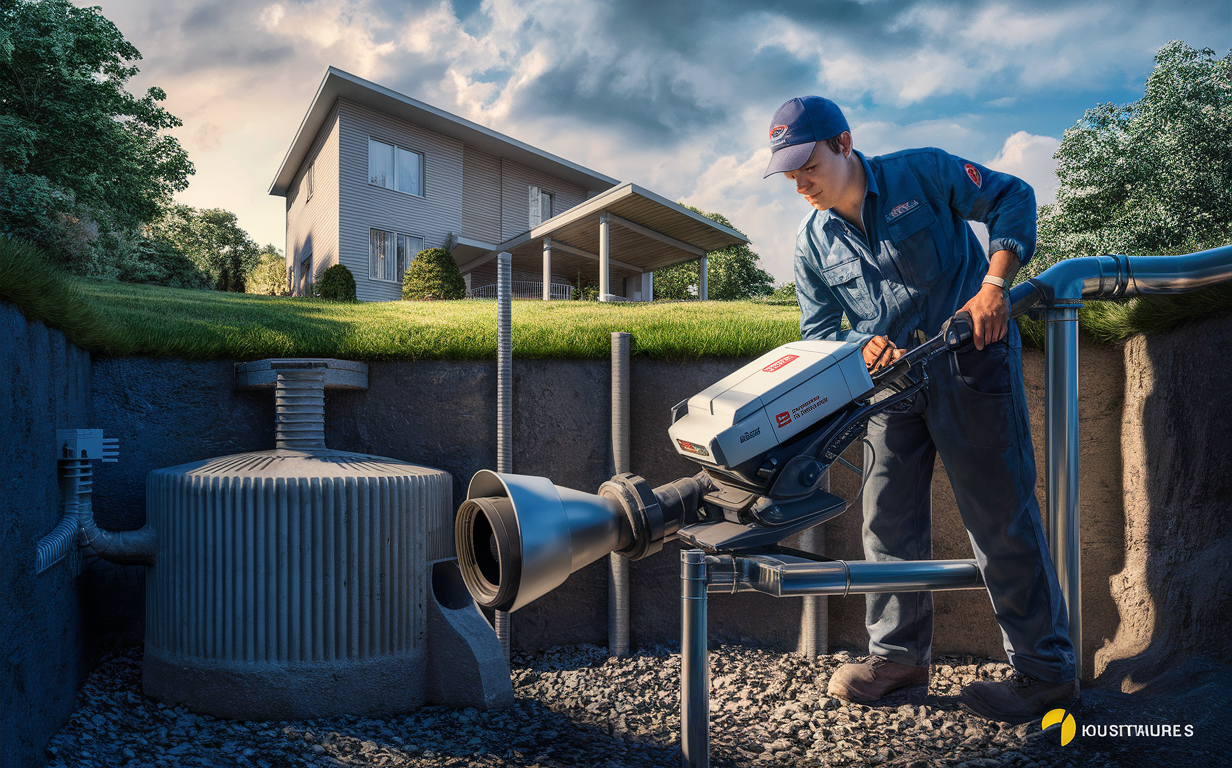
Inspection results offer valuable data that can be used for predictive maintenance. By analyzing patterns and recurring issues, professionals can develop maintenance schedules tailored to the specific needs of each septic system.
Common Issues Detected by Camera Inspections and Pipe Assessments for Septic Systems
| Issue | Frequency | Potential Solution |
|---|---|---|
| Blockages | High | High-pressure water jetting |
| Small Cracks | Medium | Epoxy lining |
| Root Intrusion | Low | Root cutting/removal |
| Pipe Corrosion | Medium | Pipe replacement |
| Misaligned Joints | Low | Pipe re-alignment |
Benefits of Regular Camera Inspections and Pipe Assessments for Septic Systems Maintenance
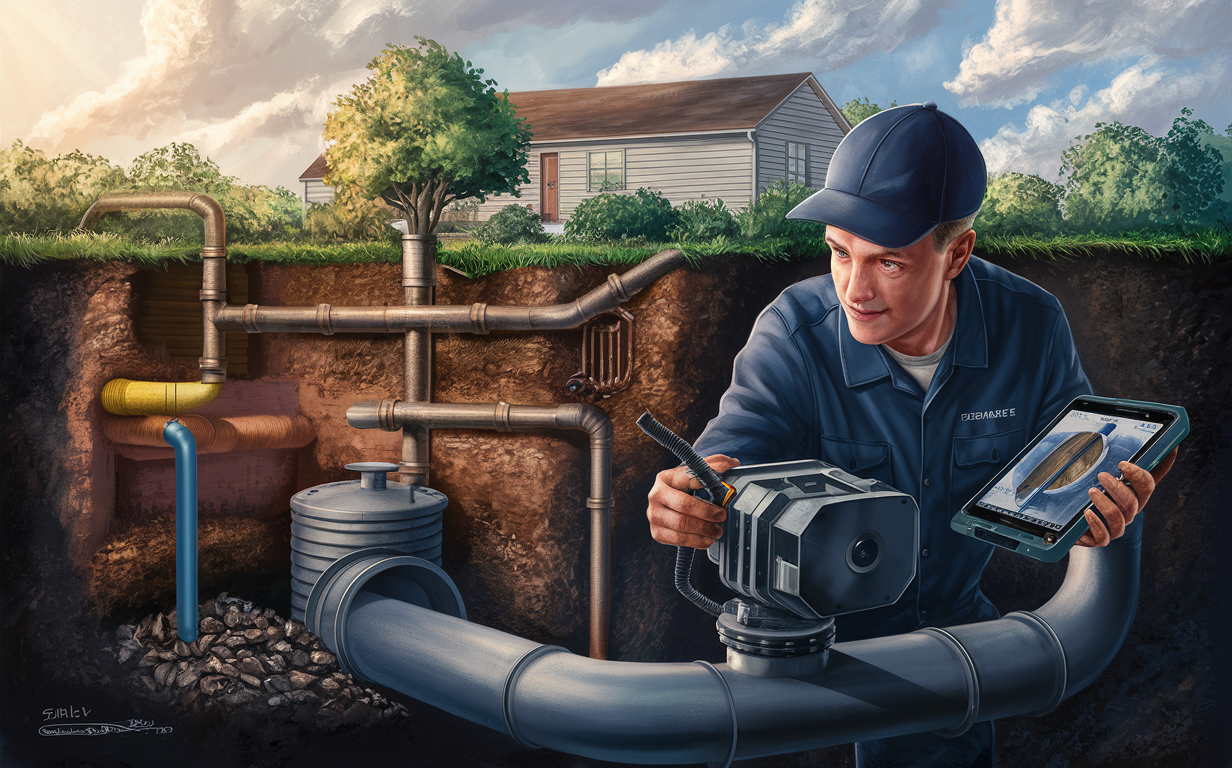
Regular maintenance based on inspection data can lead to significant cost savings and extend the life of your septic system. Here are some of the key benefits:
- Cost Savings: Early detection and repair of issues prevent costly emergency repairs.
- System Longevity: Regular maintenance ensures that the system runs efficiently for a longer period.
- Environmental Protection: Properly maintained septic systems reduce the risk of groundwater contamination.
Practical Steps for Maintaining Your Septic System
Maintaining your septic system doesn’t have to be overwhelming. Here are some practical steps you can take:
Practical Maintenance Tips
- Schedule regular camera inspections to catch issues early.
- Avoid flushing non-biodegradable items down the toilet.
- Use septic-safe cleaning products.
- Pump your septic tank every 3 to 5 years.
- Keep trees and shrubs away from the septic tank and drain field to prevent root intrusion.
How Camera Inspections and Pipe Assessments for Septic Systems Efficiency
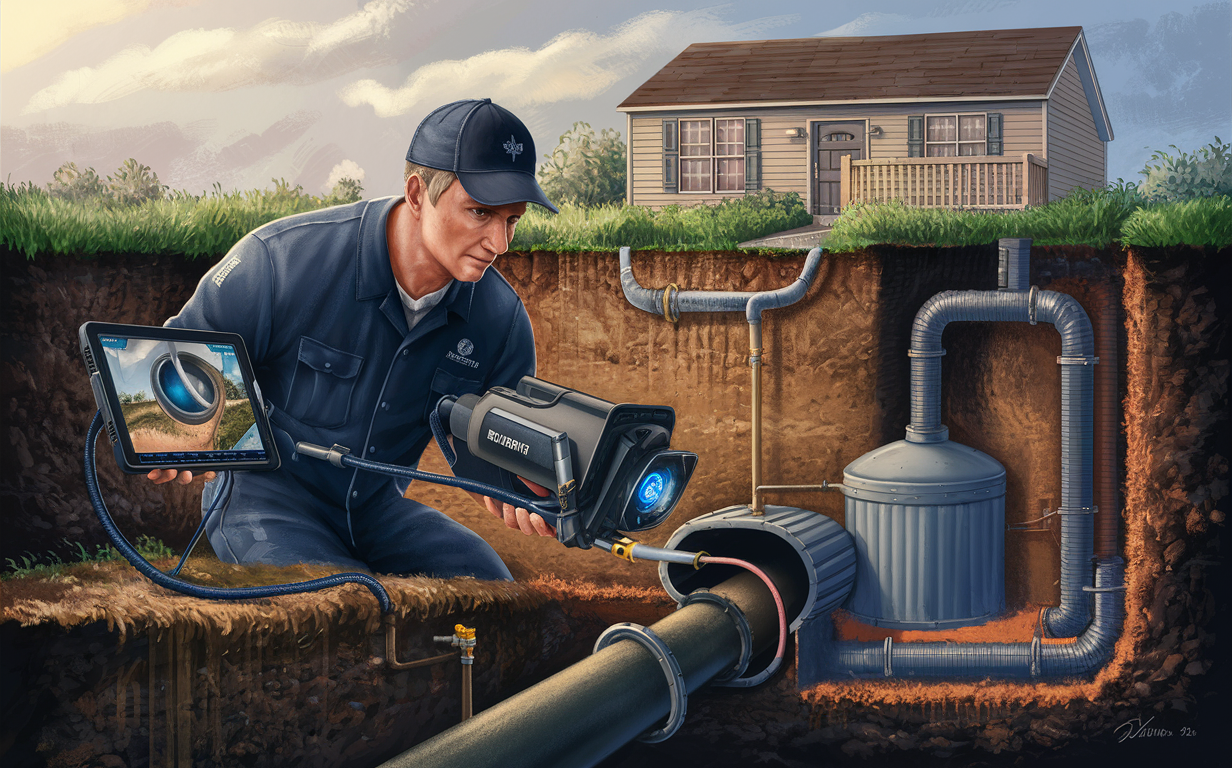
Efficiency in a septic system inspection means fewer problems, lower maintenance costs, and a longer lifespan. Camera inspections play a crucial role in maintaining this efficiency.
Identifying and Addressing Blockages
Blockages can severely disrupt the function of a septic system. Camera inspections help identify the location and cause of blockages, allowing for targeted and effective solutions.
Detecting and Repairing Cracks
Even small cracks can lead to significant problems if left unaddressed. Camera inspections reveal these issues early, enabling repairs before they turn into major disruptions.
The Role of Professionals in Camera Inspections and Pipe Assessments for Septic Systems Maintenance
While some maintenance tasks can be DIY, camera inspections and pipe assessments should be left to professionals. Their expertise and advanced equipment ensure thorough and accurate evaluations.
What to Expect from a Professional Service
When you hire a professional for a camera inspection, you can expect:
- Thorough Inspection: Comprehensive evaluation of the entire system.
- Detailed Reporting: Clear and detailed reports of findings and recommendations.
- Expert Advice: Professional guidance on necessary repairs or maintenance tasks.
Investment in Camera Inspections and Pipe Assessments for Septic Systems Health
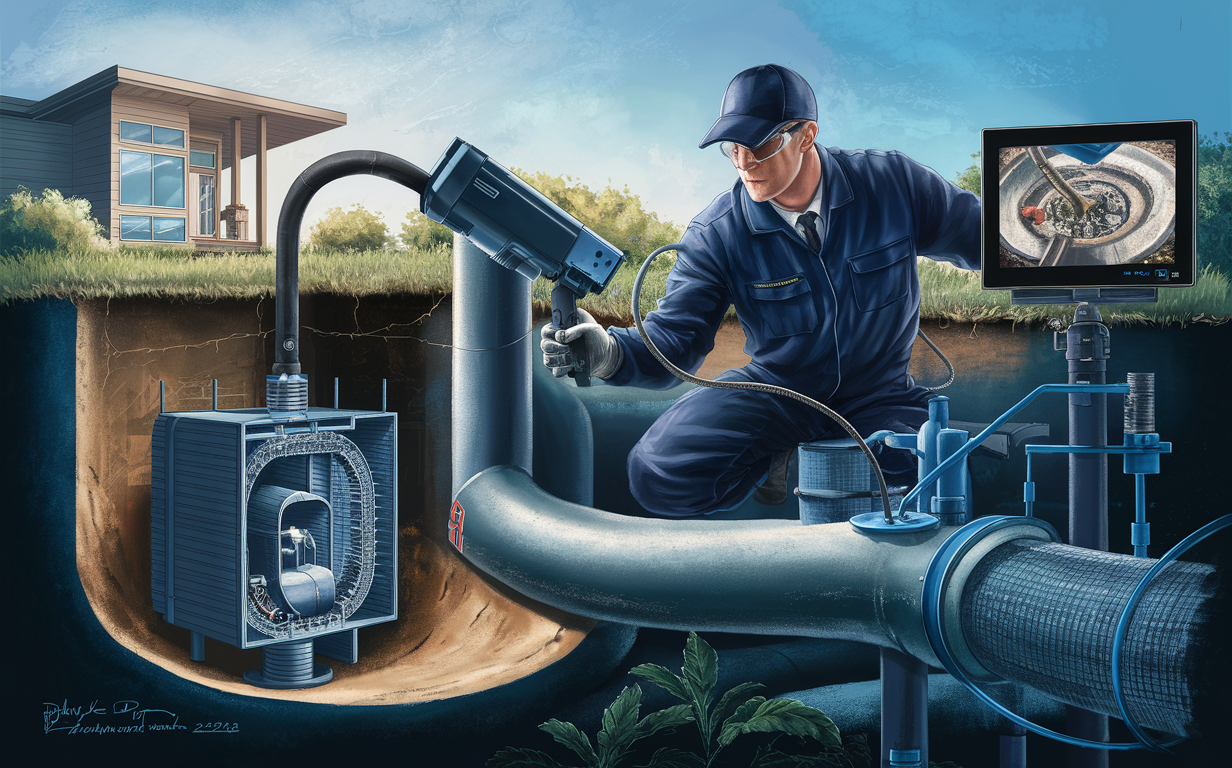
Investing in regular camera inspections and pipe assessments can save homeowners thousands of dollars in the long run. It ensures the septic system operates efficiently and prevents major issues from developing.
Cost Comparison of Septic Repairs
| Type of Repair | Cost Without Inspections | Cost With Regular Inspections |
|---|---|---|
| Complete System Replacement | $10,000 – $30,000 | Rarely Needed |
| Major Pipe Repair | $3,000 – $7,000 | $500 – $2,000 |
| Minor Crack Repair | $500 – $2,000 | $100 – $500 |
| Blockage Removal | $200 – $1,000 | $100 – $300 |
Enhancing Property Value Septic System
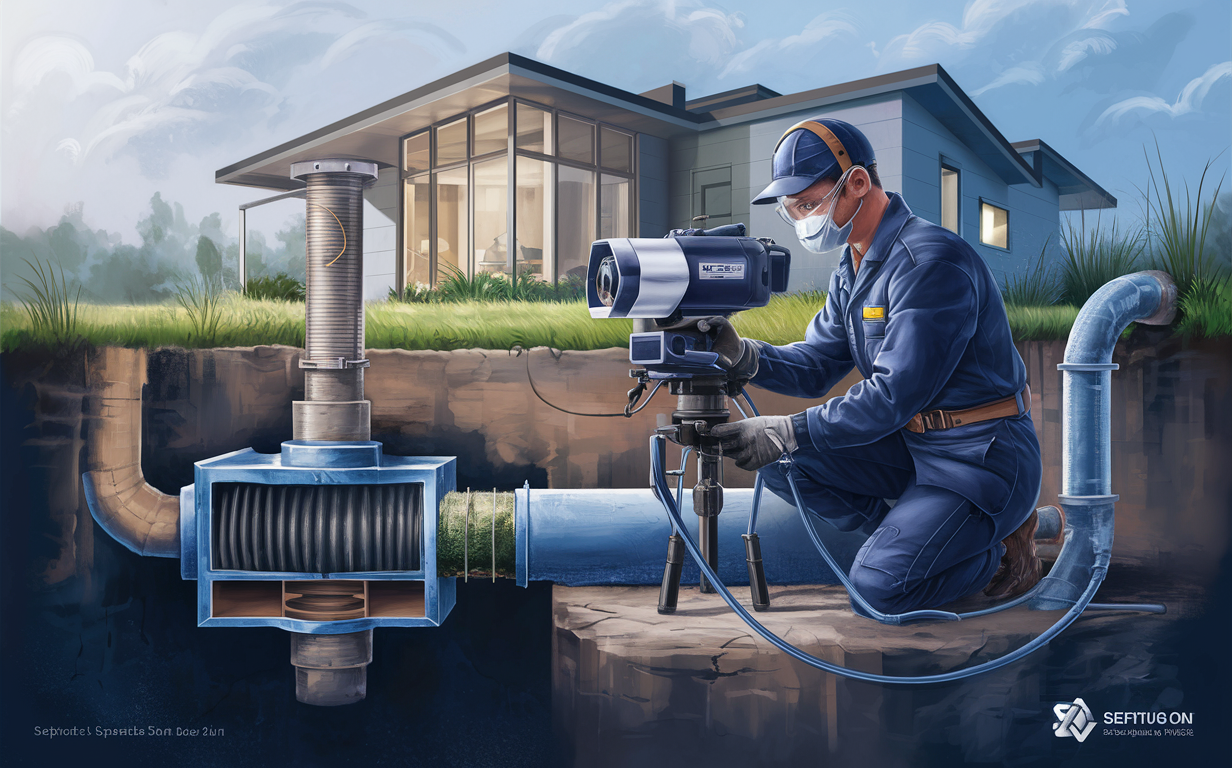
A well-maintained septic system can enhance property value, making it an attractive feature for potential buyers. Regular inspections and documented maintenance history provide buyers with confidence in the property’s infrastructure.
Testimonials from Satisfied Clients
Many homeowners have shared their positive experiences with regular septic system inspections. For instance, a family in Rockland County praised their camera inspection service for preventing what could have been a disastrous septic failure.
Conclusion
Camera Inspections and Pipe Assessments for Septic Systems are invaluable tools for homeowners. They ensure the efficiency, longevity, and health of the septic system, ultimately saving money and preventing emergencies. By investing in regular inspections, you can maintain a smoothly operating septic system and protect your property’s value.
Experience the United Sewer & Drain Difference with our professional camera inspections and pipe assessments. Contact us today to schedule your service and ensure the health of your septic system.

